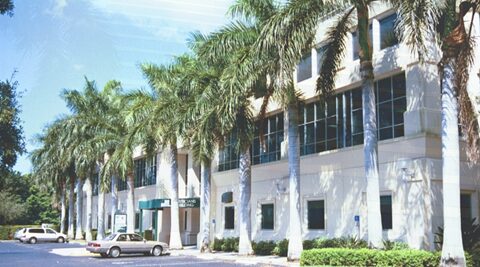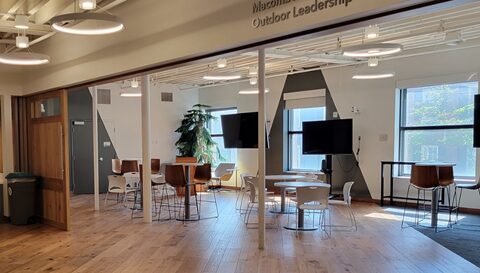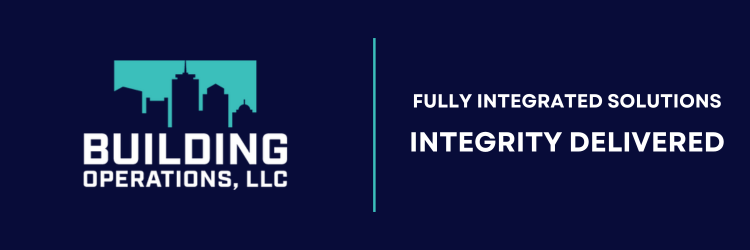As we step into the fall season, we at Building Operations take a moment to appreciate the resilience of our communities and industries amidst challenges. This month, we look at the evolving world of healthcare real estate, highlighting the exciting trends shaping the future of healthcare delivery. From tackling complex development hurdles to harnessing technology’s potential, the healthcare sector is adapting and innovating in remarkable ways. Explore these significant changes and reflect on their impact on our operations and the communities we care about.
Shaping the Future of Healthcare Real Estate

Explores the dynamic shifts within the healthcare real estate sector in the Dallas-Fort Worth (DFW) region. As a critical component of the local economy, healthcare real estate is navigating a landscape filled with both opportunities and challenges driven by new disruptors. Ethan Garner from JLL identifies key factors that are reshaping this sector and suggests strategic paths forward.
1. Navigating Complex Healthcare Developments
Healthcare real estate projects in DFW must carefully balance regulatory approvals, substantial capital requirements, and fierce land competition. With booming growth in retail, industrial, and residential spaces, healthcare developments face rising costs and limited availability. Providers are encouraged to optimize their real estate portfolios and make strategic investments to meet increasing patient demands.
2. Workforce Pressures and Wage Growth
The demand for healthcare services is climbing, fueled by an aging population and an emphasis on outpatient care. Despite a 13% rise in healthcare employment since 2019, the workforce struggles to keep pace, leading to talent shortages and wage increases. These challenges could affect service expansion and care quality, highlighting the need for effective retention strategies.
3. AI’s Impact on Healthcare Operations
Artificial Intelligence (AI) is revolutionizing healthcare operations in DFW. AI tools are being deployed to improve efficiency, assist in planning, and minimize errors in patient care. As DFW becomes a hub for the Advanced Research Projects Agency for Health (ARPA-H), the region stands at the forefront of healthcare innovation. However, gradual adoption is necessary due to safety and regulatory concerns.
As the healthcare real estate sector adapts to these trends, the potential for growth and innovation remains robust. Strategic development and advanced technologies promise a promising future for healthcare.
For more insights and support on how these trends might influence your operations, contact Building Operations.
Transforming Hospital Operations: Tackling Inefficiencies with Innovative Models
Hospital networks and the healthcare real estate sector face aging infrastructure issues, with systems like steam and chiller units often being 30 to 50 years old. These outdated systems are inefficient and costly to maintain. According to Ian Larson, SVP at Redaptive, energy inefficiencies such as oversized steam systems meant for in-house laundry and leaky pneumatic systems contribute to high costs. If these systems fail, hospitals risk closing wings or operating rooms, leading to lost revenue and regulatory challenges.
Larson suggests Energy-as-a-Service (EaaS) as a cost-effective solution. EaaS allows hospitals to upgrade infrastructure without upfront costs, moving expenses from capital to operational budgets. This model reduces maintenance costs with warranties and can lead to significant savings. For example, one hospital saved $268,000 annually by switching to LED lighting, with potential savings of $850,000 by replacing other equipment.
EaaS also benefits hospitals’ reporting strategies. It helps track emissions and aligns with standards like Energy Star or GRESB. Even well-funded hospitals can benefit, as energy efficiency can often match or beat their cost of capital, making EaaS a compelling option for all.
Building Operations Services
Building Operations specializes in the fundamentals of real estate management.We offer strategic and comprehensive solutions aimed at reducing costs, streamlining operations, and enhancing asset performance. Our goal is to ensure an optimal occupancy experience for both owners and tenants.

Property Management



